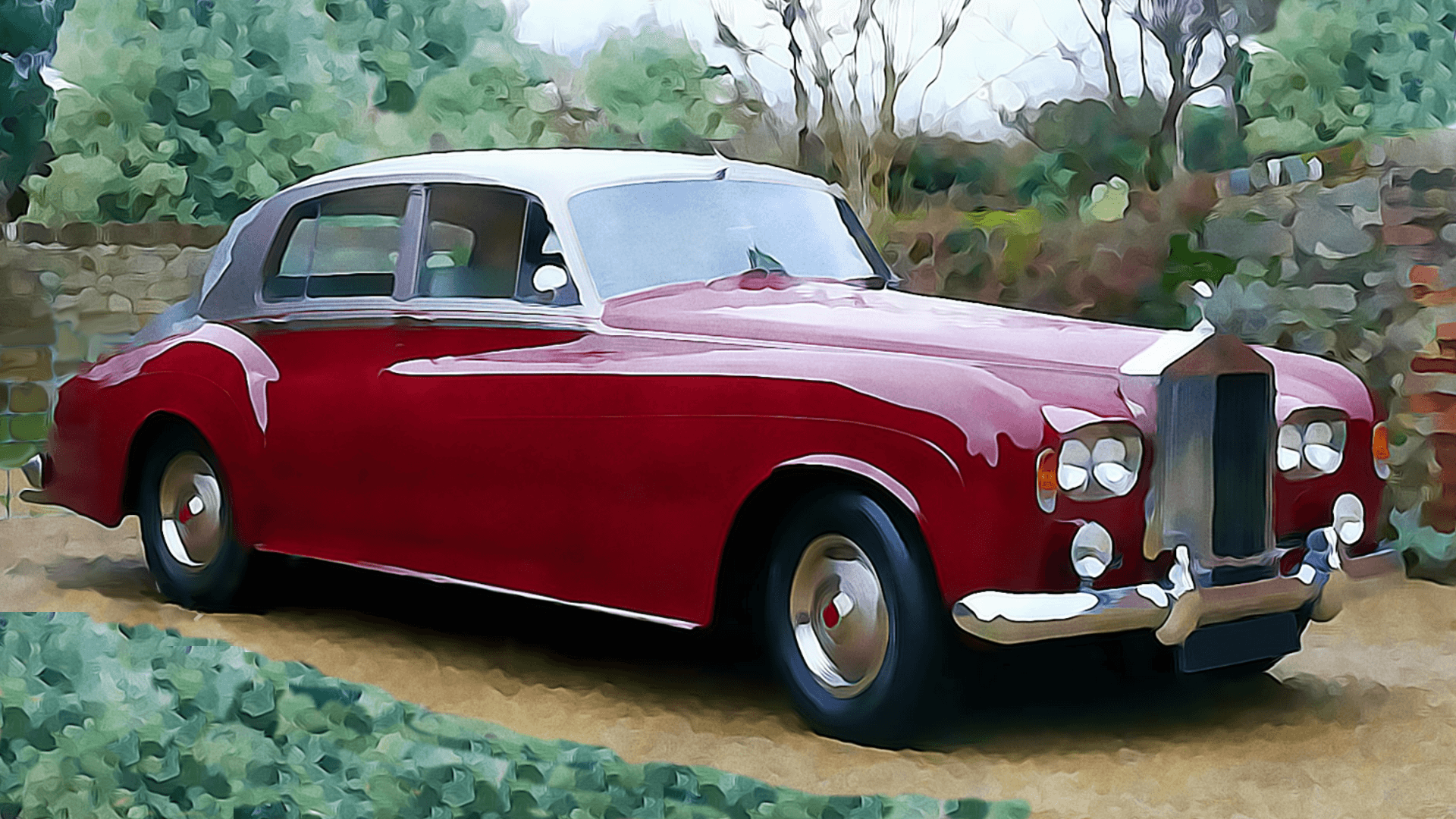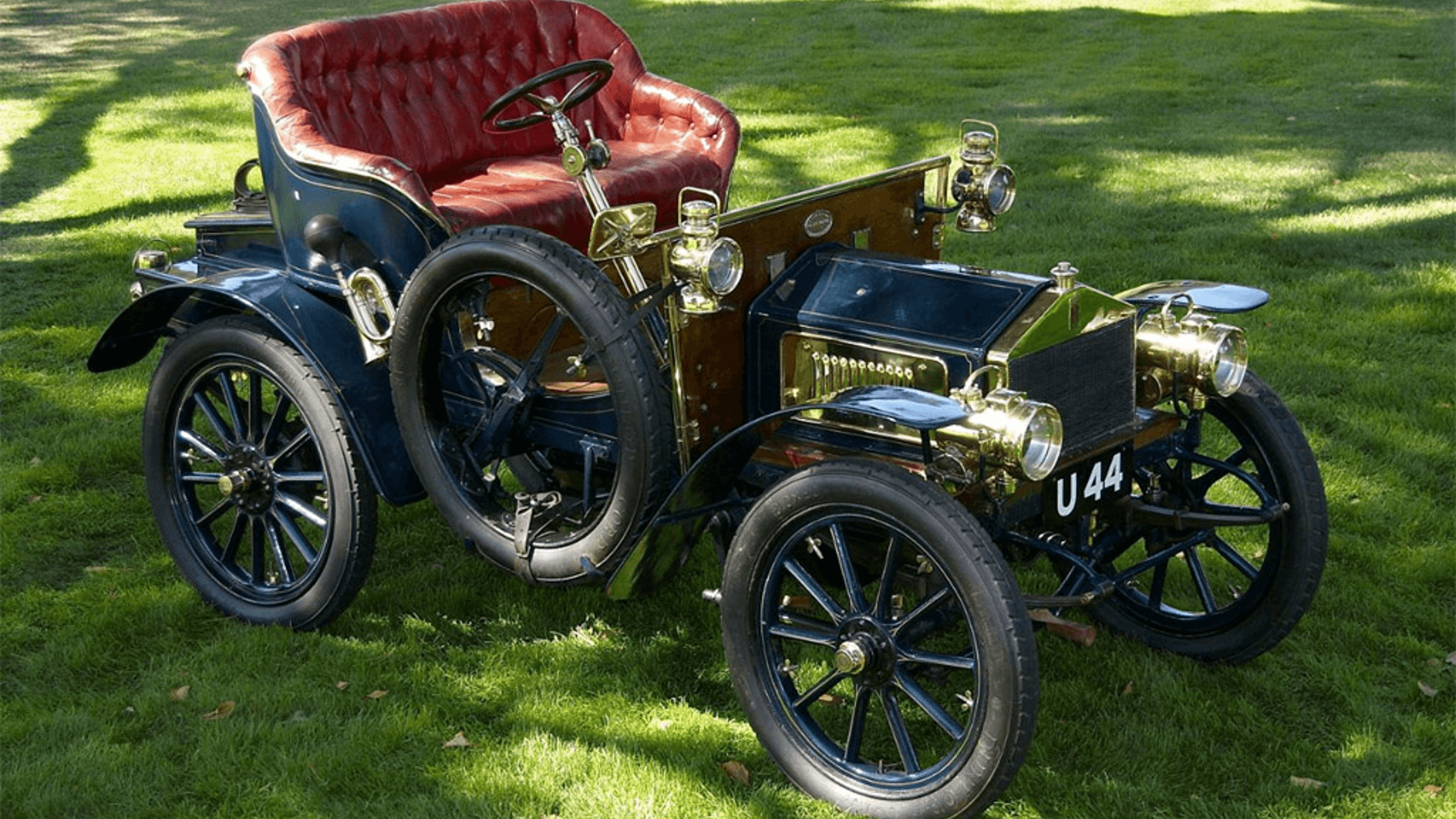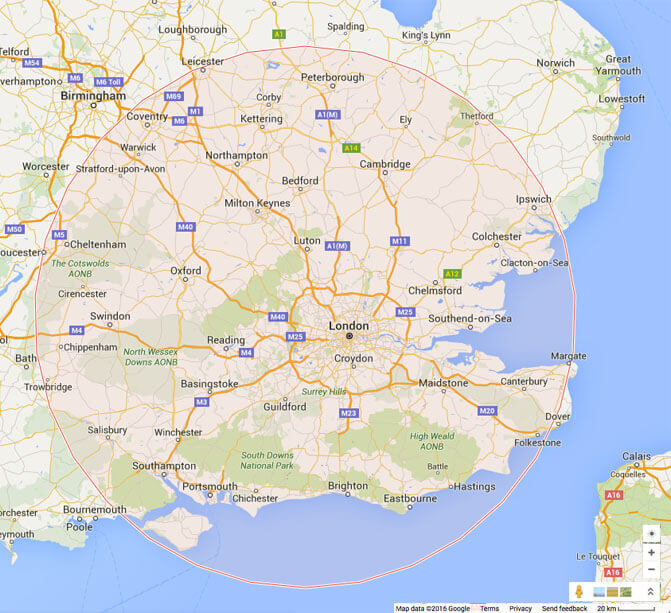
Why Are Rolls Royce Viewed As The Ultimate In Luxury Vehicles?

If you ask almost anyone across the world to name a luxury car brand they will, 9 times out of 10 say the name Rolls Royce, not Mercedes, not Bentley, nor BMW, but Rolls Royce.
The name and vehicles from pretty much day one became synonymous with opulence, luxury and class, but was it always plain sailing for the brand? In late 1903 Henry Royce who owned and ran a small electrical and mechanical business set to work on building his first motor car. By May 1904 his two-cylinder Royce 10 was ready to show the world, that same month Henry was introduced via mutual friends to Charles Rolls, one of the worlds earliest car dealers at the Midland Hotel in Manchester, down the road from Henry’s factory. Charles was so enamoured by the Royce 10 he immediately joined forces with Henry. In December 1904 the newly badged Rolls Royce 10 was unveiled at the Paris Motor Show and as you could imagine it was quite the success. On 23rd of that same month Rolls Royce released a further three models; there was the 10hp two-cylinder model which was selling for £395 or £51,000 in today’s money accounting for inflation, a 15hp three-cylinder model for £500 or £65,000, a 20hp four-cylinder at £650 or £84,000 and a 30hp six-cylinder model at £890, £115,200 today.

A magnificent example of the Rolls Royce 10 was sold in Bonhams auction on 3rd December 2007 for over £3.5M (https://www.supercars.net/blog/1904-rolls-royce-10-hp/) smashing not just previous records but smashing the price ever paid for a veteran car.
But it wasn’t until 15th March 1906 almost two years later that Henry Royce and Charles Rolls registered the business (Rolls-Royce Limited), that same year Henry set to work on improving the six-cylinder engine giving it more horsepower, and by December they raised £100,000 selling shares, bring on board new directors and a new vision. The commercial managing director Claude Johnson was the driving force that pushed for the company to phase out their old models implementing a one car policy, focusing their efforts on just one ‘new’ car at a time stopping production on the old vehicle the day the new model was to be released, which they did from 1907 to 1923 and with great achievement and acclaim. In 1908 with the first prototype built under the new one car policy, Johnson presented the big grey yacht of a car to the press cleverly naming the car just like a yacht, ‘Silver Ghost’ painted along the side, and the press lapped it up.
Production of the Silver Ghost ran all the way up until 1925 when it was replaced by the 40hp/50hp Phantom. During such time war was upon us and in 1914 the government requested Rolls Royce to develop a jet engine for its new military aircraft which went into production that following year, subsequently due to the engines success Rolls Royce continued as an aero engine manufacturer, by the late 1920s these engines made up the majority of their business, and continued to do so up until the late 1960s.
Something many of you may not have known was due to the vast popularity and demand of Rolls Royce cars at the start of and during the roaring 20’s, to meet their backlog for the Phantom, Rolls Royce opened a factory in Springfield, Massachusetts in 1921, these American built Phantoms were fondly nicknamed “Springfield Ghosts”, but unfortunately as we well know by September 1929 things in the economy were about to rapidly change, the stock markets crashed and the Great Depression ensued, by 1931 Rolls Royce closed the doors to the Springfield factory, but it certainly wasn’t curtains for the brand, in fact while other carmakers were struggling to stay afloat, Rolls Royce had saved enough money to get them through the harder times, plus they were still making jet engines, so money was plentiful, so much so they acquire Bentley that same year (1931), in part due to the fact that the new Bentley 8 Litre was drastically affecting Rolls Royce sales at home and overseas, so they discontinued production of the Bentley 8 Litre, but replaced it with a smaller sportier looking vehicle that looked similar in many ways to the Rolls but was different enough for people to desire either or both vehicles. The new 3.5 Litre Bentley was advertised as the silent sports car and it was quite the vehicle. A private racing car driver Eddie Hall won the RAC Tourist Trophy three times in his Bentley 3.5 in 1934, 35 and 36, recording the fastest speed around the track each year, this, as one could imagine catapulted Bentley to success, though sadly Sir Frederick Henry Royce, 1st Baronet, OBE died shortly before he had a chance to witness these events.
Henry had married, to Minnie Punt in 1893 but the couple separated in 1912, and they had no children together, Henry never look after himself, his bad eating habits left him extremely ill on several occasions throughout his life and sadly at his home in Sussex aged 70 on the 22nd April 1933 Henry died due to another short illness.
The Mid 1930s all the way up until war broke out in 1939 had been a difficult time for the company, French and Italian car makers were producing far more sportier looking, streamlined and more affordable vehicles, and though Rolls Royce could have easily changed direction British companies were required to continue to produce items suited to British tastes, which I personally feel may have played a pinnacle role in cementing Rolls Royce as ‘the’ luxury go to car brand, though these more streamlined, smaller and more affordable cars were popular, they didn’t have the presence, grandeur or technology that the Rolls Royce possessed with its imposing size, big chrome grills, huge powerful engines… all wrapped up in the finest of materials, the 1935 Phantom III for example had a 7.3 litre v12 engine, hydraulics and independent front suspension to name but a few, no other vehicle in that regard could compete. But as war drew near the last model to roll off the production line was the Wraith introduced in 1938, just a few months after its release in 1939 the vehicles production was cut short by the onset of war. During such time cars were being manufactured on a tiny scale on a pre-production tailored to order bases, by the 1950s and 60s due to significant rationalisation not just by the general public and airlines but also by the British government’s investment into aerospace and aero-engine manufacture, along with cheap competition from manufactures overseas, things became extremely difficult, Rolls Royce simply couldn’t compete, but that didn’t stop their drive and ambition, Rolls Royce took it upon themselves to continue development of its new RB11 turbofan aircraft engine, which unfortunately turned out to be its final nail in its coffin, the project went vastly over budget and by 4th February 1971 Rolls Royce went into voluntary receivership.
Fortunately the government did not nationalise the company and in that same year (1971) a new board including the likes of Lord Cole former chairman of Unilever, Sir William Cook advisor of the Ministry of Defence and former directors of Rolls Royce bought back all the original factories and coachworks, continuing where the company had left off as well as introducing many new petrol and diesel engines. In 1973 Rolls Royce was added as an IPO (initial public offering) on the London Stock Exchange and there it went from strength to strength.
The aero-engine and car manufacturing were separated from each other, and by 1998 the brand was acquired by BMW AG where it remains today, still operating in England with its headquarters in Goodwood, West Sussex.
What separates Rolls Royce from any other car maker is simple, its design identity, it is instantly recognisable, each model from its inception in 1904 with the Rolls Royce 10 to the present day Ghost and Phantom share the same traits, quality, and grandeur. The Rolls Royce is a cathedral on wheels unlike any other.




